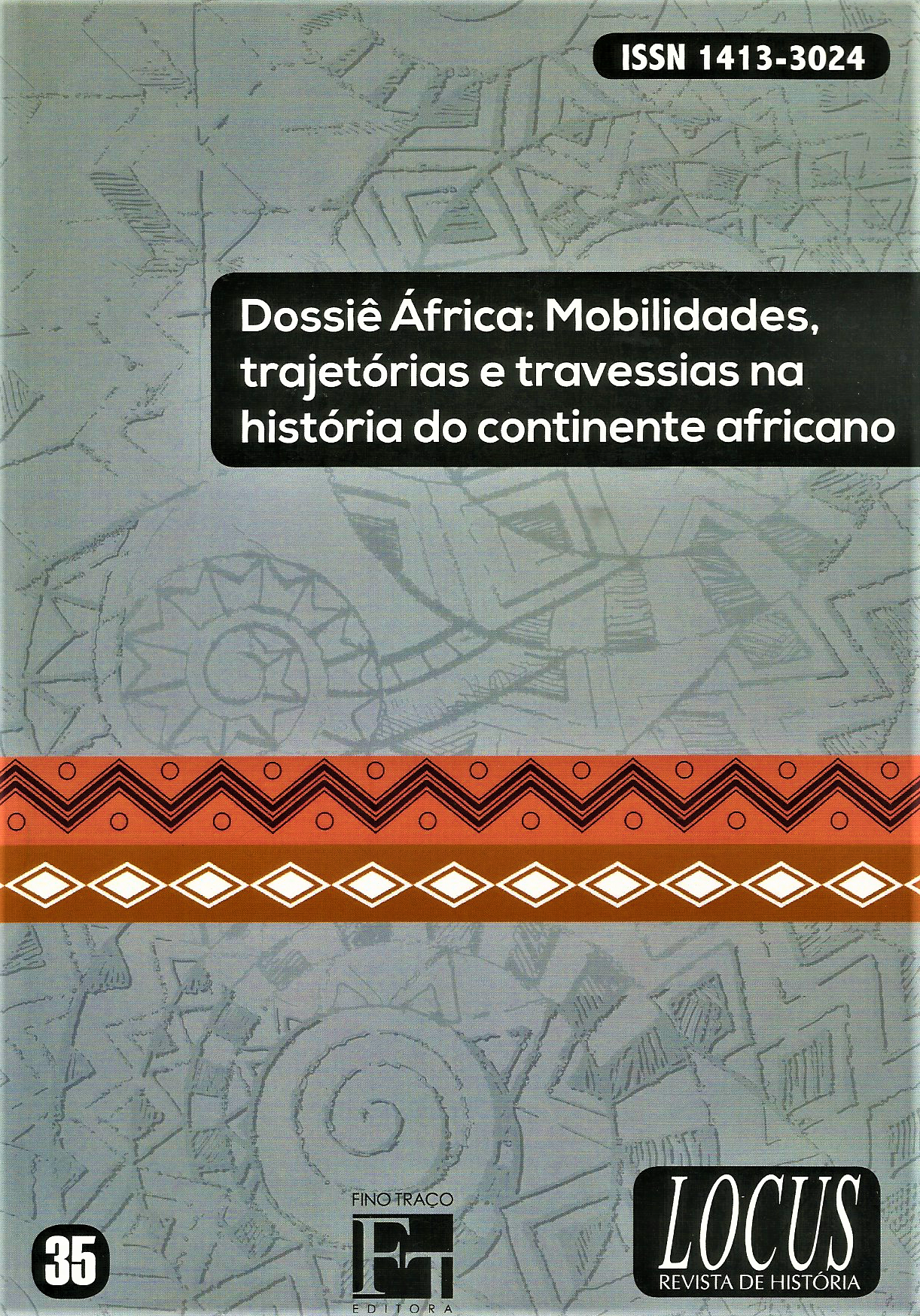Palabras clave
- Migration,
- Gender,
- Ethnicity,
- Rural area,
- Urban area
- Ethiopia ...Más
Cómo citar
Resumen
This paper explores the interrelationship between gender, ethnicity, migration/mobility and livelihood opportunities in the urban area of Shashemene in Southern Ethiopia in the period immediately prior to the end of the Ethiopian Empire in 1974. The major finding is that gender is a determining social factor in the mobility and livelihood opportunities of individuals. A striking result from the study is that livelihood alternatives were “urban” to a relatively small extent. Most persons found a living in activities that are to be found in rural as well as in urban areas. For men, ethnicity provides a mediating factor whereas the mobility and livelihood patterns for women are less differentiated by ethnic identity. Individual mobility is characterised both by urban-urban and rural-urban movements. In a study carried out in 1973, women had spent less number of years migrating when they arrived at Shashemene compared to their male counterparts. Similarly, the average number of new places, where they resided for at least one year, was fewer for women than for men. Our results also indicate differences in the migration/mobility rates of women and men across ages. Women’s migration seems to drop abruptly after the age 25. In general, the mobile period of life was shorter for women than for men.


